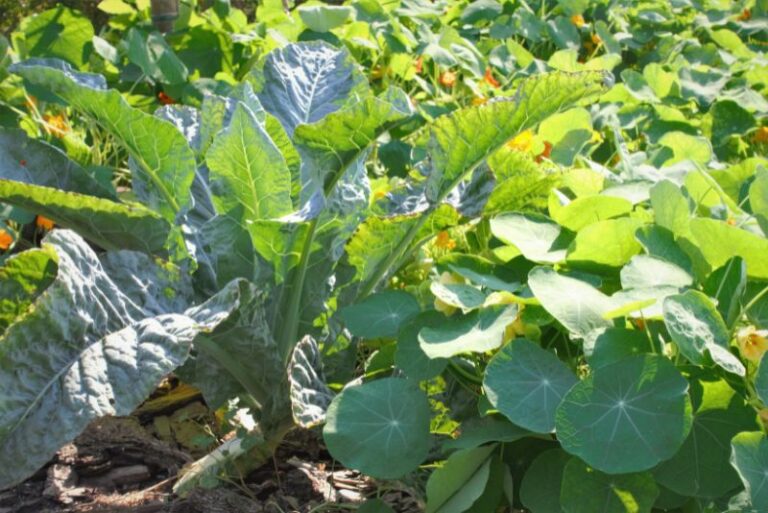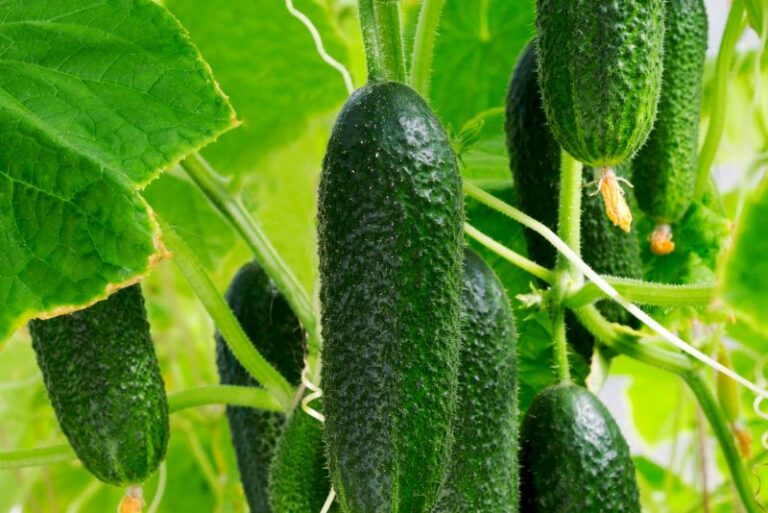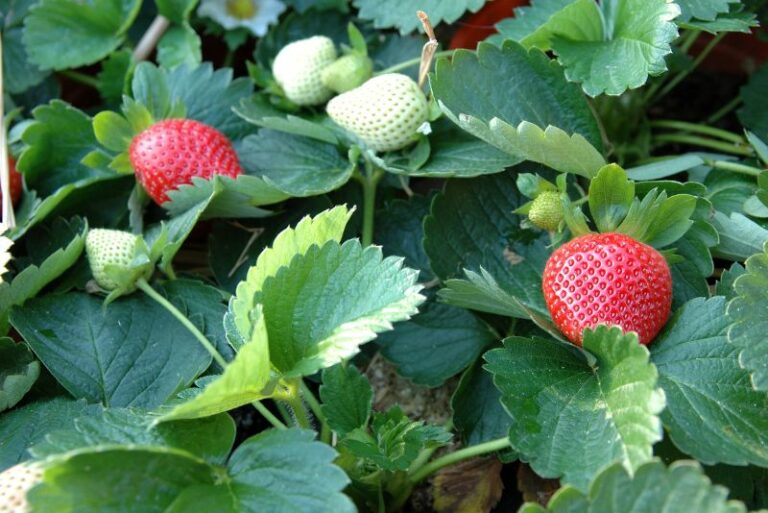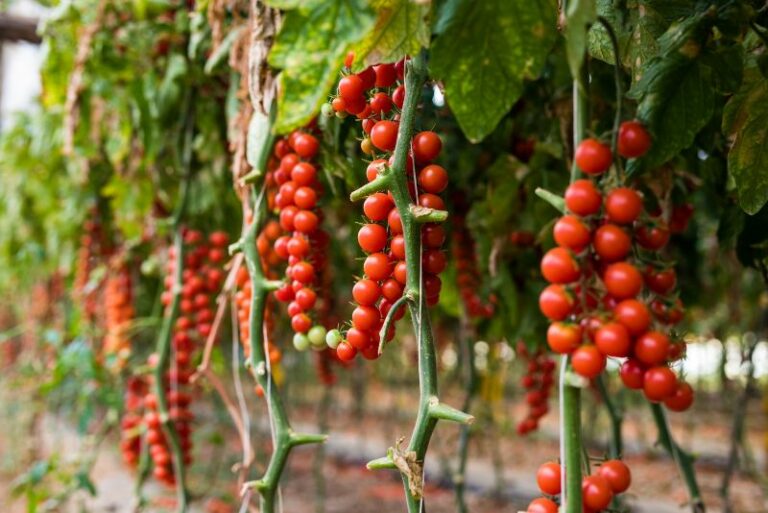Tomato Companion Plants & What Not To Plant With Tomatoes
In the intricate symphony of nature, some plants play the role of a supportive friend, enhancing each other’s health, growth, and yields. Referred to as ‘companion plants,’ these allies fend off pests, improve soil conditions, and even enrich the flavor of their garden companions. When it comes to the king of the vegetable garden—the tomato—solid partnerships can make all the difference. But not every pairing is harmonious, and it’s just as important to know what not to plant with tomatoes as it is what to plant alongside them.
Whether you’re a gardening aficionado, a home grower, or an advocate for organic practices, taking the time to understand the power of tomato companion plants can transform your harvests. This guide is tailored to offer valuable insights, share expert knowledge, and inspire smarter, greener gardening practices.
An Overview of Companion Planting with Tomatoes
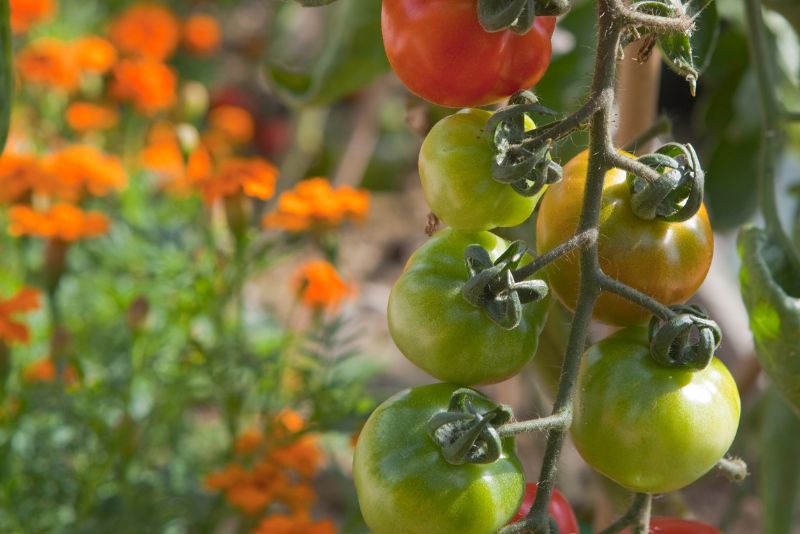
Companion planting is a method rooted in traditional agricultural wisdom. It involves placing species close together that benefit one another, as well as repel or attract particular insects and animals. The goal is to create synergistic relationships that help each plant group thrive and provide natural solutions to common gardening challenges.
For the tomato, the art of companion planting can lead to a more robust defense against pesky critters like aphids and hornworms, and could even deter certain plant diseases. The benefits extend to improved flavor and overall growth, making this endeavor not just a labor of love but also a guarantee for a more bountiful harvest.
Benefits of Companion Planting with Tomatoes
When tomatoes find the right companions, the results are nothing short of remarkable. The positive outcomes can be categorized into three main areas of benefit:
Enhanced Growth and Yields:
Certain plants can act as natural fertilizers, helping tomato plants absorb more nutrients. Furthermore, they can improve the microclimate around the tomato, leading to stronger and more productive growth.
Pest Control:
Tomato plants can benefit from the presence of companion plants that repel or confuse pests, reducing the need for chemical pesticides.
Flavor Improvement:
Companion plants that enhance the growth and health of tomatoes can also contribute to a more flavorful fruit, turning a good harvest into a spectacular one.
Ideal Companion Plants for Tomatoes
The list of plants that can be friends with tomatoes is extensive, but some stand out for their proven track record. Here are a few trusty allies for your tomato plants:
Basil
Basil is arguably the best friend a tomato could ask for. Planted side by side, basil exudes a fragrance that deters pests while enhancing the growth and flavor of tomatoes. The combination of fresh basil and ripe tomatoes is a culinary classic that translates to the garden with striking success.
Marigold
This vibrant flower is more than just a garden decoration. Marigolds contain natural compounds that repel nematodes, the microscopic worms that can harm tomato plants. Their bright blooms also attract beneficial insects that prey on common tomato pests.
Carrots
Carrots and tomatoes might not seem like an intuitive match, but their differing root depths create a perfect space-sharing harmony. Carrots grow well in the loose soil around tomato roots, helping to prevent soil compaction and enhancing soil health. And in the kitchen, you’ll appreciate the convenience of having these culinary staples at arm’s length.
Plants to Avoid Planting Near Tomatoes
Just as there are plants that can supercharge your tomato garden, some companions may pose a threat to their well-being. Here are a few plants to keep at a distance from your tomatoes:
Potatoes
Tomatoes and potatoes belong in the same plant family (Solanaceae), but they don’t always get along in the garden. Both are susceptible to similar diseases, and planting them together can increase the chances of those illnesses spreading, as well as attracting similar pests.
Fennel
The strong aromatic compounds of fennel can inhibit the growth of most plants, including tomatoes. Avoid planting fennel near your tomato patch to ensure your tomato plants reach their full potential.
Cabbage
Cabbage family members, including broccoli and cauliflower, can stunt the growth of tomatoes and should not be planted together. Additionally, they can attract similar pests, further complicating your garden’s ecosystem.
It’s essential to keep these combinations in mind when planning your garden layout to avoid any negative impacts on your tomato plants.
Companion Planting Tips
The success of companion planting with tomatoes hinges on attention to detail in planning and care. Here are some tips to maximize the benefits:
Proper Spacing
Ensuring that companion plants have enough room for their own growth without overshadowing the tomato plants is crucial. Overcrowding can lead to competition for resources and diminish the effectiveness of companion planting.
Crop Rotation
If you grow tomatoes in the same spot each year, it’s vital to rotate the placement of companion plants as well. This practice helps reduce soil-borne diseases and maintain the balance of nutrients in the soil.
Soil Health
Healthy soil is the foundation of a thriving garden. Fertilize properly, maintain good drainage, and employ mulching to preserve moisture and prevent the spread of diseases.
Companion planting is a continuous experiment that requires observation, patience, and a willingness to learn from nature. The practices that work best for your garden might be found through trial and error, so take notes and adapt your approach over time.
Conclusion
The art of companion planting with tomatoes holds vast potential for both seasoned gardeners and those just starting on their green-thumbed journeys. By capitalizing on the relationships between plants and understanding the nuances of their interactions, you can create a garden that is not just productive but also ecologically sound.
Companion planting embodies the age-old axiom that we achieve more together than we do alone. The tomato, with its many garden companions, stands as a shining example of the power of plant partnerships. By incorporating these insights and planting with intention, you’re not only cultivating a thriving garden but also contributing to a greener world.
In our continuous quest for sustainability and a deeper connection to our Earth, the lessons of companion planting with tomatoes are both nourishing and grounding. It’s a practice that not only benefits our gardens but also fosters a profound respect for the intricacies of nature. With each seed sown and each crop harvested, we have the opportunity to grow a little wiser and closer to the land that sustains us.

